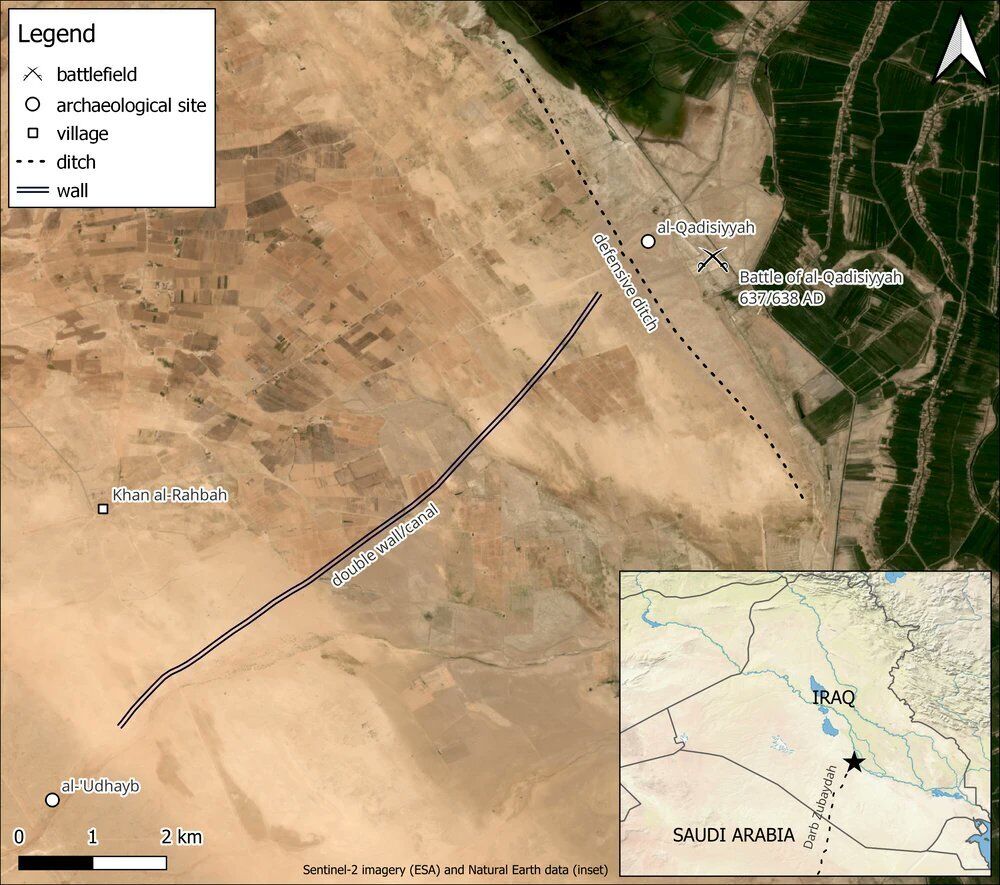News
Spy satellite images have led archaeologists to the site of a historic battle in Iraq. Map
Declassified images from a 1970s American spy satellite have led a British-Iraqi archaeological team to a site they believe to be a seventh-century battlefield. This is a historic confrontation in Iraq that was decisive for the spread of Islam in the region.
The Battle of al-Qadisiyah took place in Mesopotamia, on the territory of modern Iraq, in the 630s AD between Arab Muslims and the army of the Persian Sassanid dynasty during the Muslim expansion. The Arab army won and continued its march to Persia, present-day Iran, ABCNews reports.
A joint team of archaeologists from the University of Durham in the UK and Al-Qadisiyah University stumbled upon the site while conducting research using remote sensing. The scientists wanted to map the Darb Zubaydah, a pilgrimage route from Kufa in Iraq to Mecca in Saudi Arabia that was built more than 1000 years ago.
While mapping the route, the team noticed that a location about 30 kilometers south of Kufa in the southern Iraqi province of Najaf had features that matched the historical description of the Battle of Al-Qadisiyah.
William Dedman, an archaeological remote sensing specialist at Durham University, said that Cold War-era satellite imagery is a tool commonly used by archaeologists working in the Middle East. After all, old images often show elements that have been destroyed or altered, and they are not visible on modern satellite photos, CNN writes.
A closer look at the area convinced the team that they had correctly identified the battlefield. The key features were a deep moat, two fortresses, and an ancient river through which Persian troops on elephants were forced, said Jafar Joteri, a professor of archaeology at Al-Qadisiyah University.
The battle at the time had political overtones. After all, Iraq was involved in a devastating war with Iran for most of the 1980s. Saddam Hussein pointed to the Battle of Qadisiyah as a harbinger of Iraq's victory.
According to Joteri, a team of archaeologists plans to start excavations at the site of the historic battle next year.
Earlier, OBOZ.UA wrote that thanks to lidar maps, which are created using laser pulses to the ground, scientists have discovered a Mayan city in Mexico that no one had heard of before.
Only verified information is available on the OBOZ.UA Telegram channel and Viber. Do not fall for fakes!





























